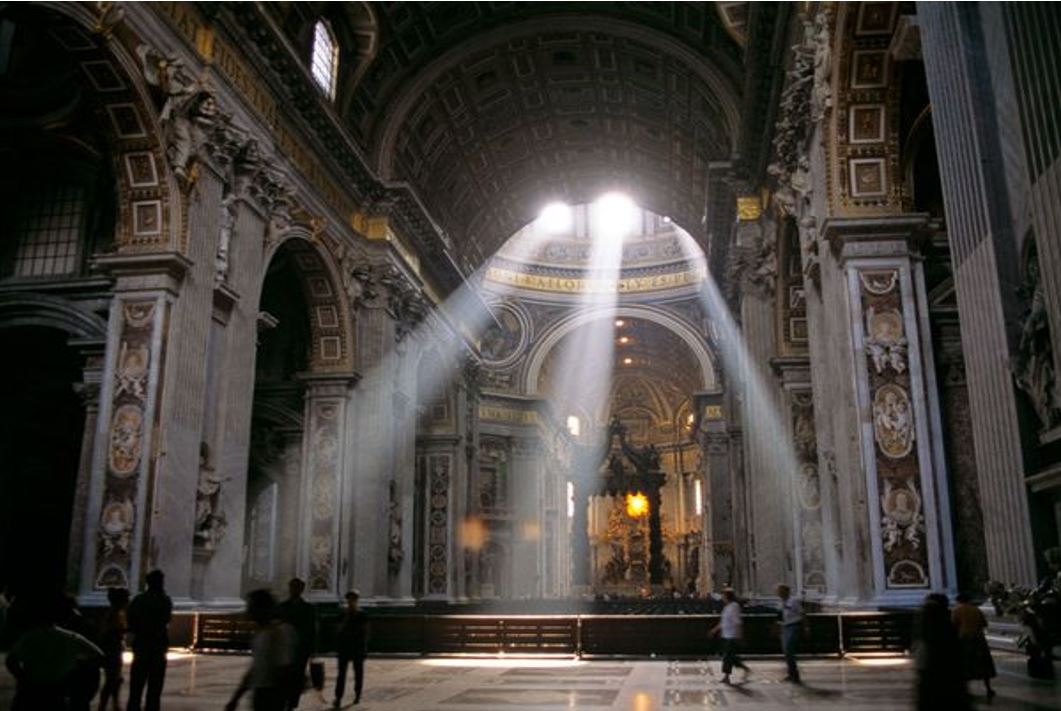
- A wrap-around soundstage that envelopes the listener including creating a sense of spaciousness
- Proper envelopment requires that the soundstage be seamless for 360 degrees without interruption by holes or hot spots caused by speaker placement or a poor acoustic design
- While envelopment requires three-dimensional imaging of all sonic cues, of pivotal importance is the realistic recreation of the ambient sound field of the recorded venue
Immersiveness
Our graphic for envelopment is that of a large church. The visual cue is the sensation of being in such a place where the ambient sound field portrays the enormity of the space. Of course, being enveloped by sound can recreate many life experiences. The sound of the crowd applauding heard from within the crowd for example. The clatter of tableware and voices surrounding you in a busy restaurant is another. Envelopment sets the ambient feeling of the recorded venue. A useful analogy is that of the ambient sound field of an event in a music or movie recording representing the stage, as in a play. The focused sounds of voices, gun shots, or instruments represent the actors on the stage. A realistic depiction of this ambient sound field has the psychoacoustical effect of adding depth to the placement of focused sounds. It conveys an added sense of realism that seals the deal on the suspension of disbelief.
Poor envelopment is caused by
- Missing, asymmetrical, or acoustically dissimilar walls
- A misaligned Acoustical Framework
- Any speaker too close to any listener
- Poor speaker to speaker response or level matching

